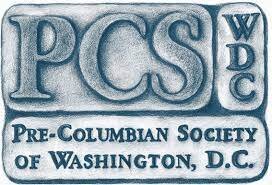This presentation outlines data from archaeological investigations of various Wari and Wari-related sites in the Cuzco region of Peru to assess the role Wari culture played in the formulation of Inka society and its empire. My discussion centers on research conducted at the site complexes of Huaro and Pikillacta but also includes other regional sites relevant to the topic. Through multiple lines of evidence, one can see institutional practices and ideological expressions that suggest the continuation of heritage linking these two people and political entities. In fact, one may even ask, “When did the Wari become Inka?”.
Mary Glowacki is Director of Pre-Columbian Archaeological Research Group, Inc, a 501(c) (3) based in Florida. Until recently, she served as State Archaeologist and Chief of the Florida Bureau of Archaeological Research (BAR), overseeing programs that address archaeological site survey, inventory, interpretation and management as well as artifact conservation and collections and protection of unmarked human remains relevant to terrestrial and sovereign submerged state lands. Dr. Glowacki has conducted archaeological investigations in the Cuzco area for over two decades, and currently directs a number of grant-funded archaeological projects focusing on the Wari provincial occupation of the region.

